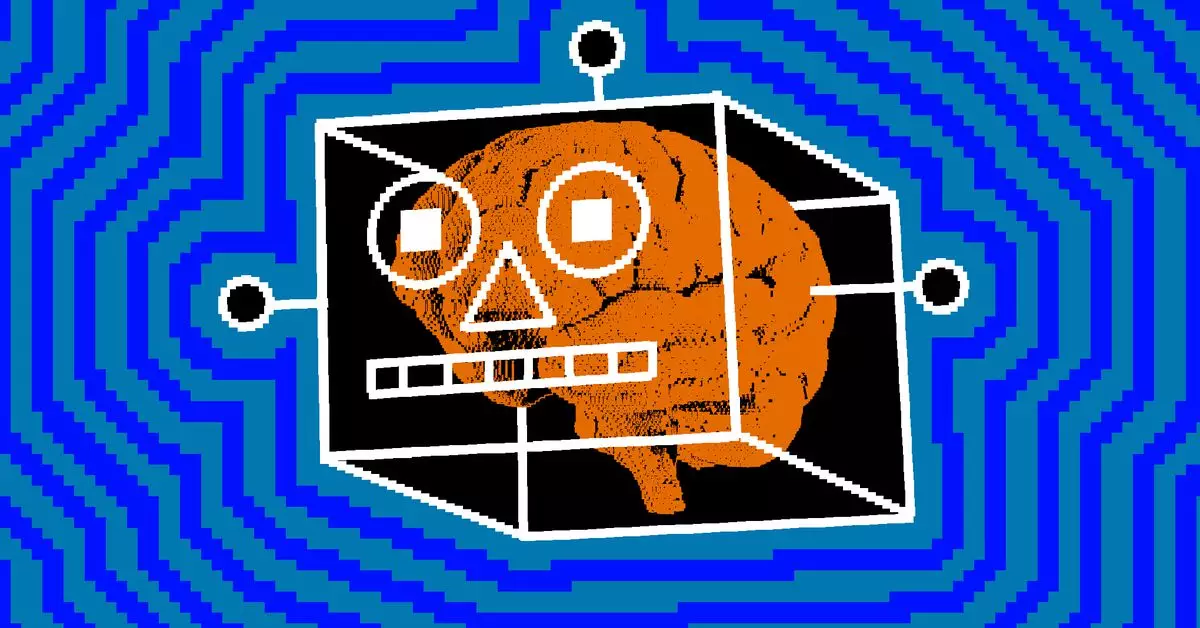In the fast-paced world of technology, the lines between human productivity and artificial intelligence are continuously blurring. Google’s upcoming initiative, codenamed Project Jarvis, promises to take this integration to the next level by automating daily online tasks. As the world anticipates its unveiling, slated for December, a deeper exploration of Jarvis reveals how it aims to reshape our interactions with the web.
Project Jarvis is designed to streamline various online activities—from conducting research to making purchases and booking flights. Unlike traditional search engines or digital assistants, Jarvis leverages advanced capabilities provided by Google’s Gemini system to interpret and interact with web pages. Users will benefit from this tool’s ability to automate processes by taking screenshots, analyzing their contents, and executing commands—potentially clicking buttons and entering text on their behalf.
The innovative nature of Jarvis lies in its specific tuning for the Chrome browser, marking a strategic move to capitalize on one of the most widely used web browsers. However, at its current iteration, Jarvis reportedly takes a few seconds to execute each task, which poses questions about its efficiency and user experience.
Google isn’t alone in this race toward more sophisticated task automation. Major tech players like Microsoft, Apple, Anthropic, and OpenAI are releasing or developing similar solutions. Microsoft’s Copilot Vision, for instance, allows users to interact conversationally with ongoing web activities. On the other hand, Apple Intelligence aims to create a cohesive experience across multiple apps by identifying elements on users’ screens and executing tasks accordingly.
Anthropic’s latest beta of Claude has also joined the fray, boasting the ability to interact with a computer to perform user-defined functions, albeit with some noted limitations in its current form. OpenAI is anticipated to introduce a similar offering. As these tech giants vie for dominance, the emphasis on user-friendly automation stands at the forefront—an area where Jarvis has the potential to excel.
The Road Ahead for Jarvis
While there is excitement around the upcoming preview of Project Jarvis, it is important to recognize that these plans are not set in stone. The Information has reported that Google may opt for a controlled rollout, engaging a limited group of testers to refine the tool and identify performance issues before a wider release. Such a strategy is not only smart but necessary, as the intricacies of AI-driven task automation can lead to unforeseen complications.
Furthermore, the competition in this space is intensifying, raising the stakes for Google as it seeks to establish Jarvis as a leader in this frontier. User adoption will largely depend on how effectively Jarvis can execute tasks and how seamlessly it integrates into users’ existing digital workflows.
As we stand on the brink of a new era in digital assistance, Project Jarvis exemplifies Google’s commitment to pushing technological boundaries. With its promise to automate online tasks, the project highlights the company’s vision for a future where AI becomes an indispensable ally in daily life. The coming months will be crucial, not just for Jarvis but for the entire landscape of AI-powered solutions. The world eagerly awaits how these technologies will transform our interactions with the digital realm—turning screen time into productive time.


Leave a Reply